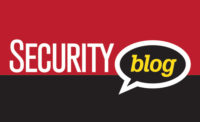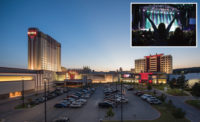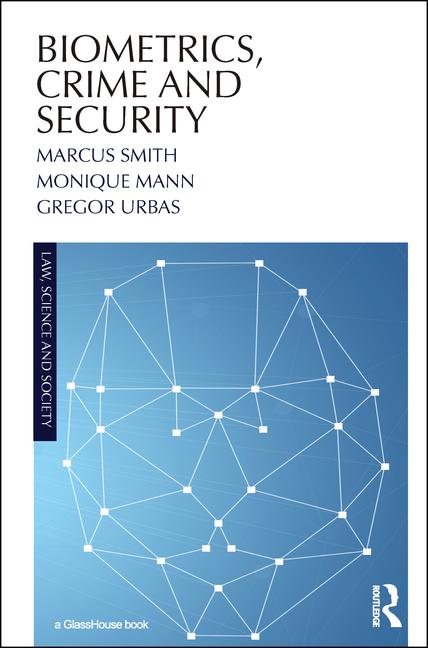Specifying High-Security Fenestration Products

In a world of complex security threats, it’s reassuring to know there’s an ever-growing supply of products and solutions being developed to provide advanced protection in hostile climates. Architectural security windows, doors, louvers and escape hatches (collectively known as fenestration products) are no exception to this trend and, in fact, are playing a greater role in securing building envelopes for government, commercial and residential properties each year. For CSOs and risk managers looking to protect their enterprises from various safety threats, these products are available in a wide range of materials and configurations to resist an array of blast, ballistic and forced-entry attacks.
Having an abundance of choices, however, sometimes leads to confusion and problems. In the case of specifying architectural security products, it’s critical to clearly understand the potential security threats and applicable product testing standards prior to selecting a manufacturer’s solution. In addition, knowing the impact these solutions have on costs, lead times and overall architectural design is just as important.
What Do Enterprise Security Leaders Need to Know?
Specifying fenestration products, especially for high security applications, requires a disciplined approach to research and a willingness to collaborate with subject matter experts to ensure a successful project.
-
Do Your Research Up Front: There’s no shortage of standards when it comes to testing fenestration products. Completing a thorough risk analysis up front is key to identifying specific threats on a given project and the corresponding levels of protection needed for resistance. Once data has been compiled, selecting the appropriate testing standards becomes a much more straightforward process. For example, if you know the perceived threats are mob-level, forced-entry attacks and rifle-level ballistics, then standards developed for testing smash-and-grab assaults and handgun fire can safely be eliminated.
Before finalizing a performance standard, designers should verify that there are products capable of meeting its requirements. This is particularly important in the case of combined threats.
Architectural security products are engineered and tested to very distinct blast, ballistic and forced-entry conditions. When multiple threats are called for, the list of products that have been tested to those conditions can be minimal or even non-existent. In addition, fenestration products can be limited by the nature of design. For instance, even a highly secure forced entry/ballistic resistant door is limited in the amount of blast rebound it can withstand because of hardware constraints.
Another important consideration is the evaluation of costs and lead times to ensure projects remain on schedule and on budget. High-security windows and doors cost significantly more and take longer to manufacture and install compared to traditional fenestration products. Knowing this up front saves a lot of headaches in the long run.
-
Holistic Approach to Security Design: In addition to being engineered for security purposes, fenestration products must also meet architectural objectives for aesthetics, functionality and environmental stewardship. It’s important to work with a manufacturer that has experience in creating unique product designs that accomplish mainstay architectural principles, while staying within the bounds of the products’ tested conditions and materials. While it’s difficult to alter the physical construction of tested windows and doors, for example, non-standard shapes and sizes are possible along with premium trims and claddings. There are also many glazing options that offer various levels of energy efficiency, clarity and privacy.
Beyond design, consideration should also be given to how sufficiently security fenestration products will integrate with adjacent building materials. It would be a mistake to install these products in a pre-existing building constructed with traditional materials such as wood or metal studs. A designer should consider how these products fit into the overall design of the building to avoid major structural or performance issues in an attack situation.
- Partner with a Technical Expert: Consulting subject matter experts early in the design process pays dividends for everyone involved in the project. Security professionals apply real-world learning from actual security events, are familiar with industry testing standards and understand the most common problems associated with security design.
Looking for a reprint of this article?
From high-res PDFs to custom plaques, order your copy today!








